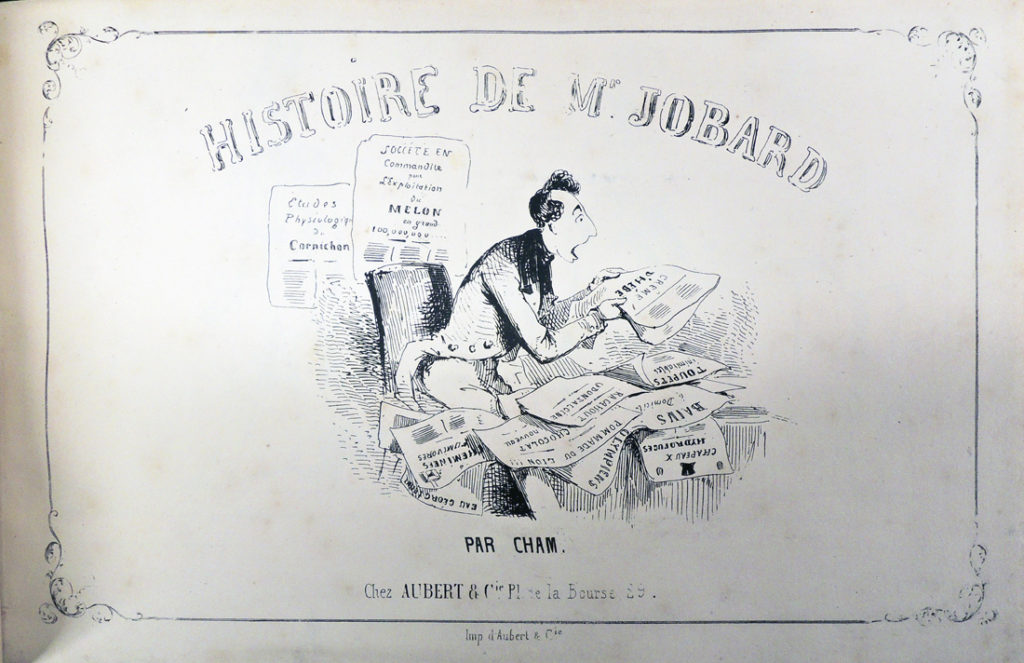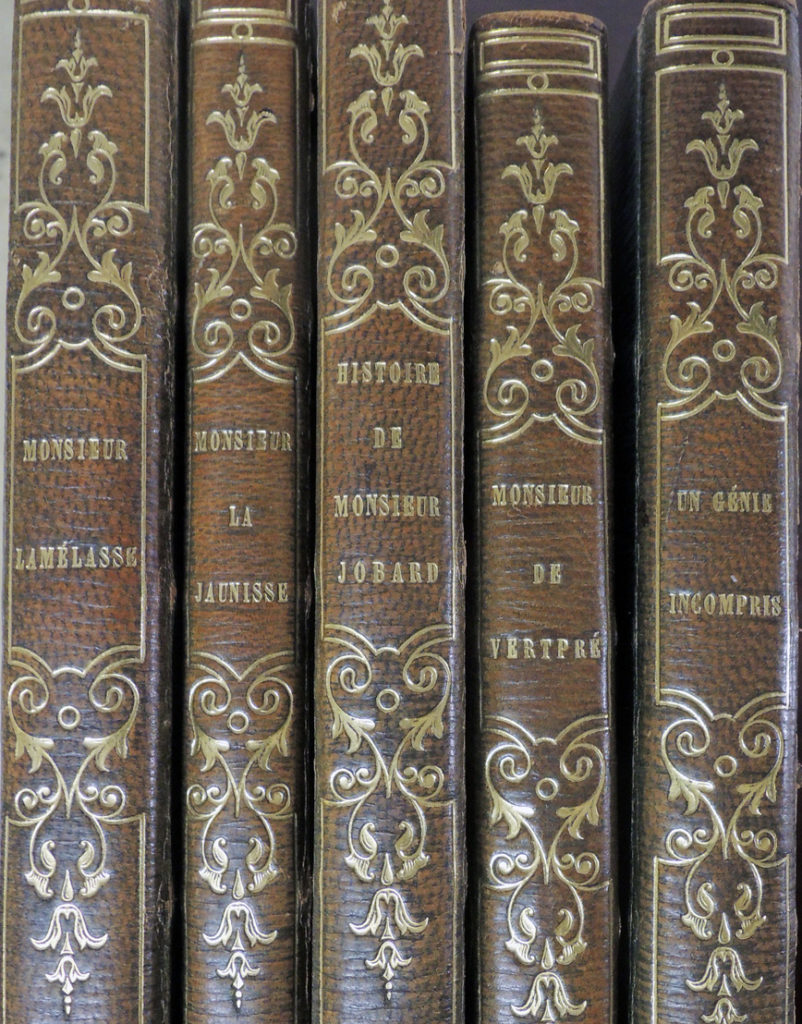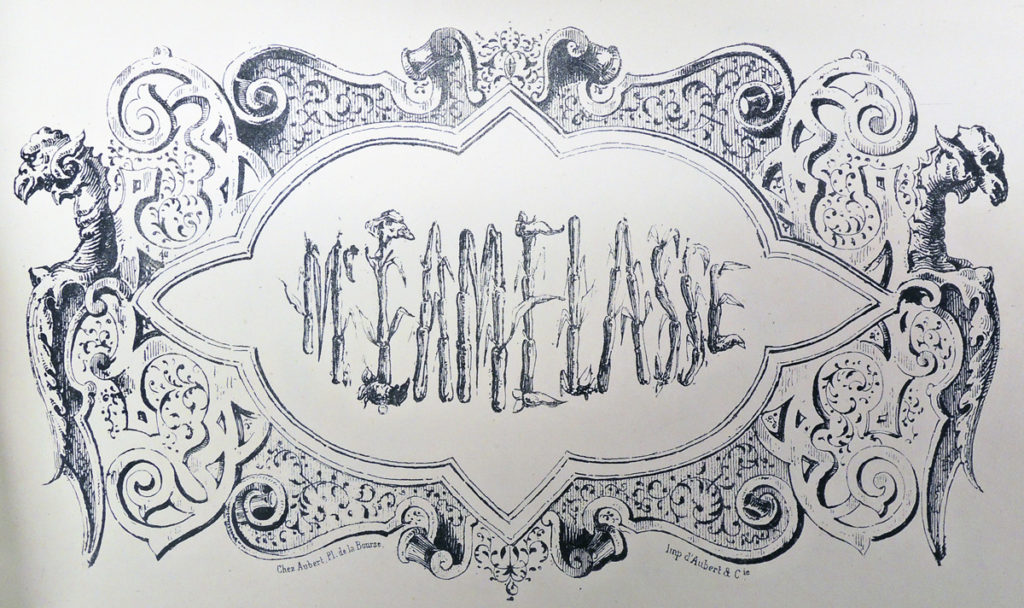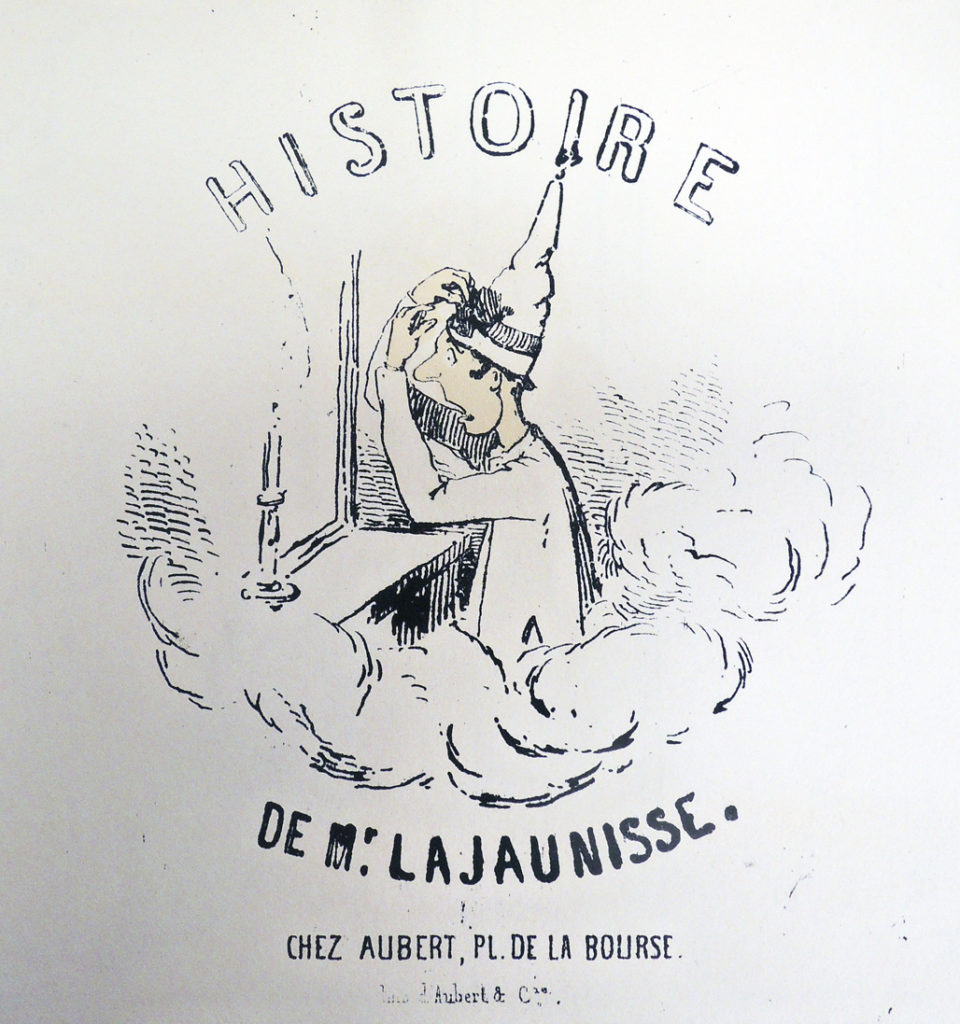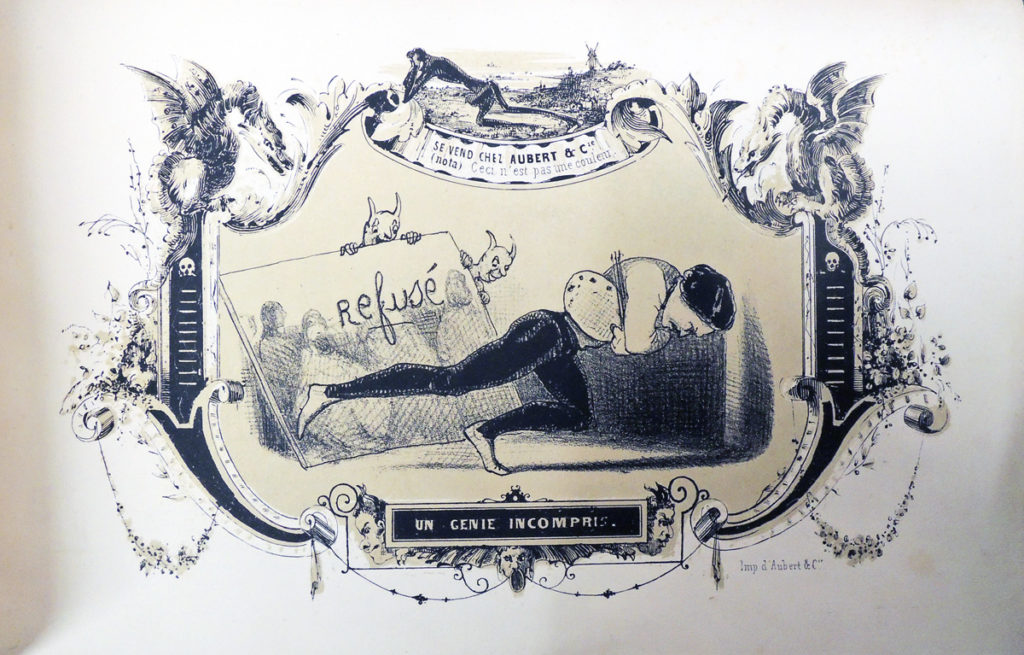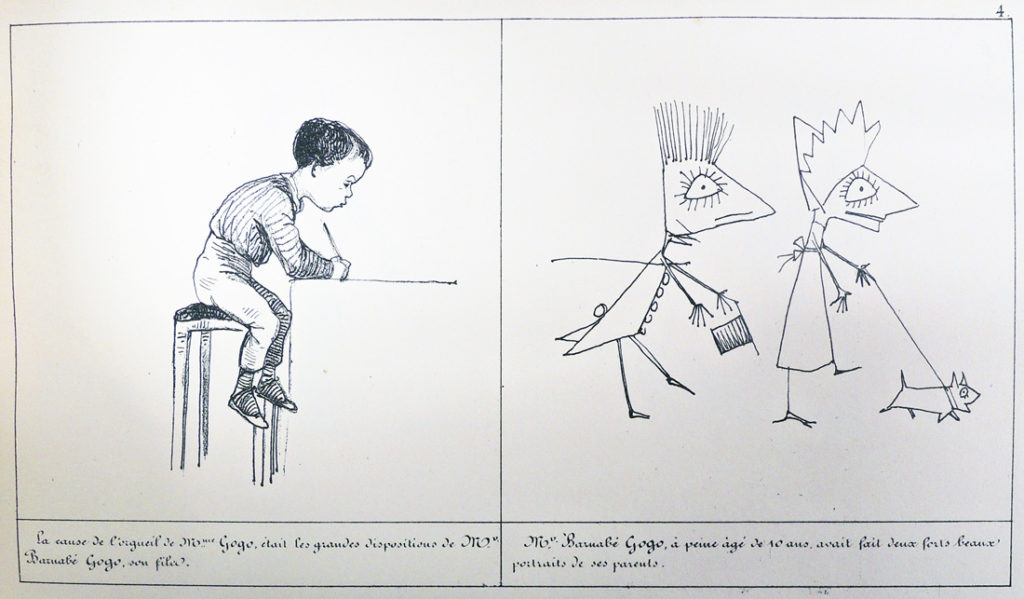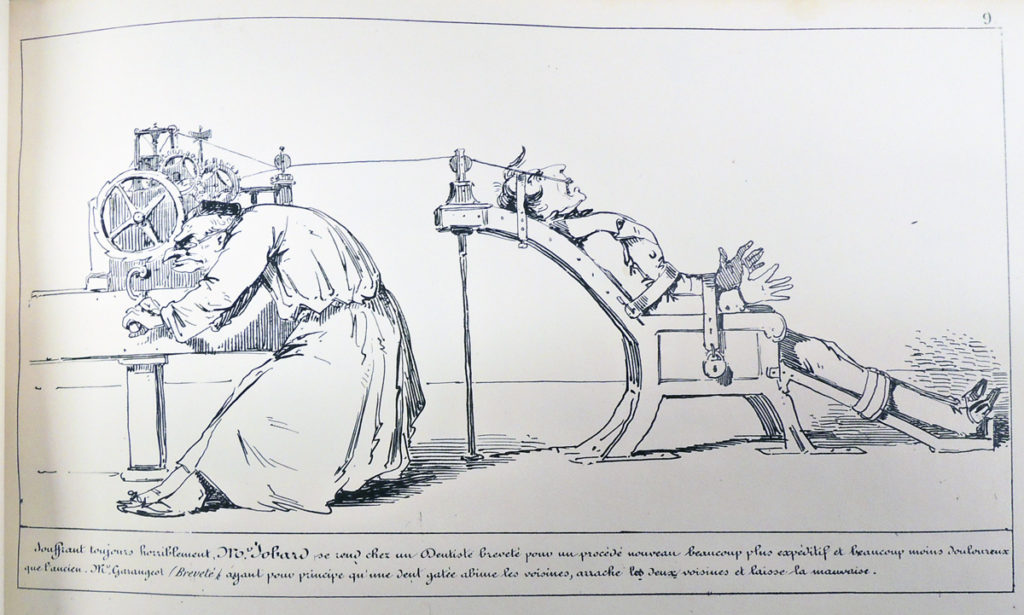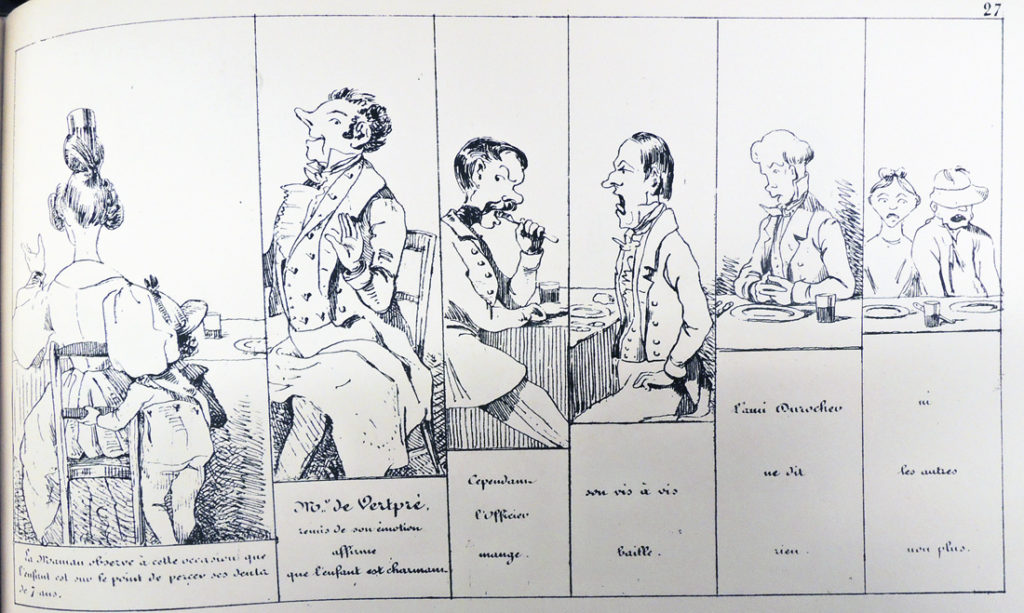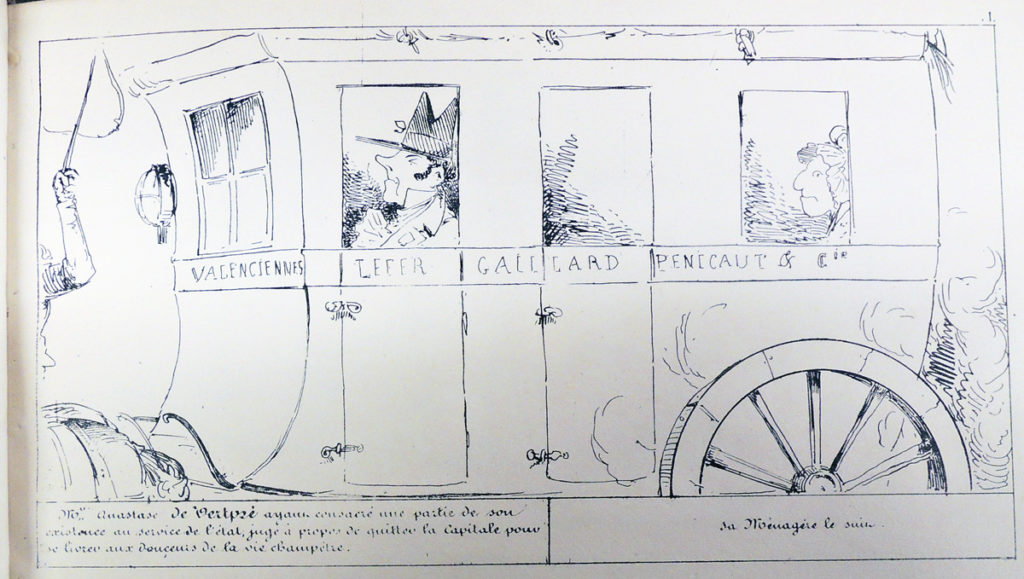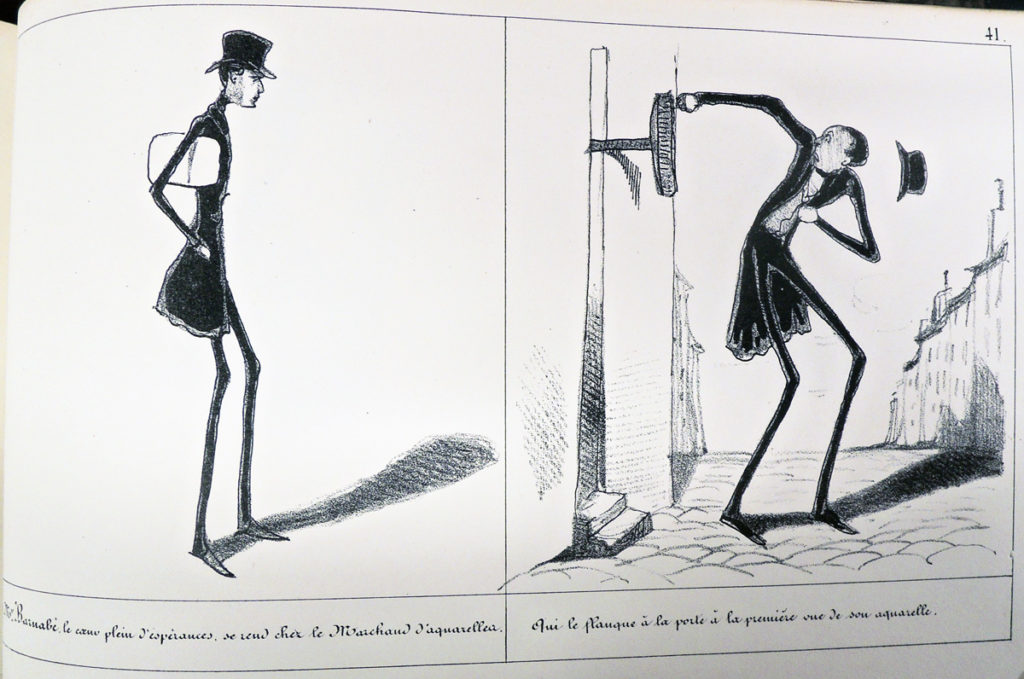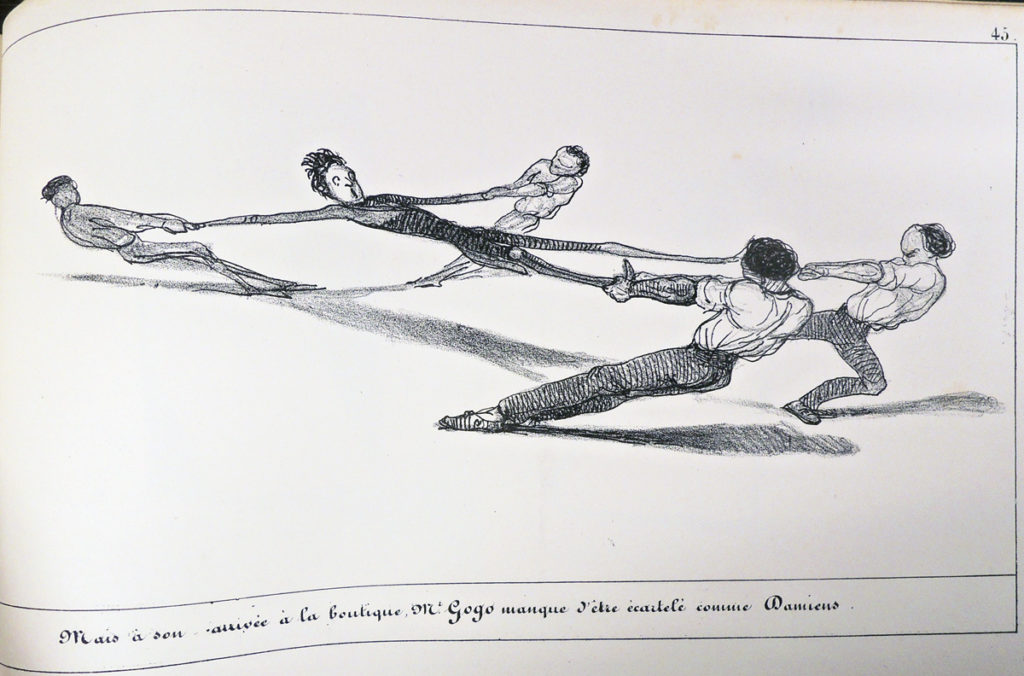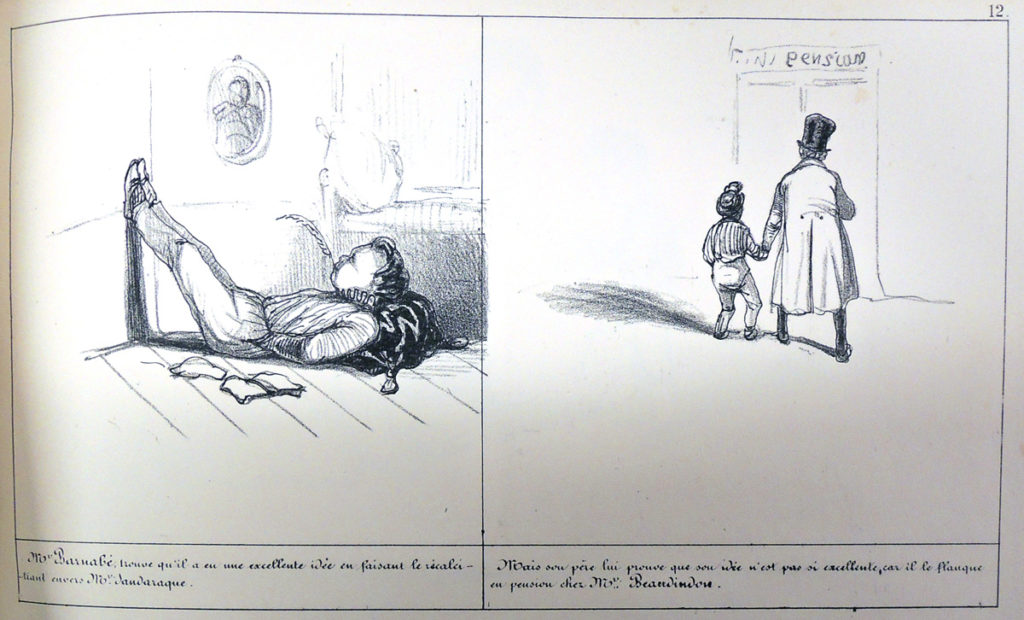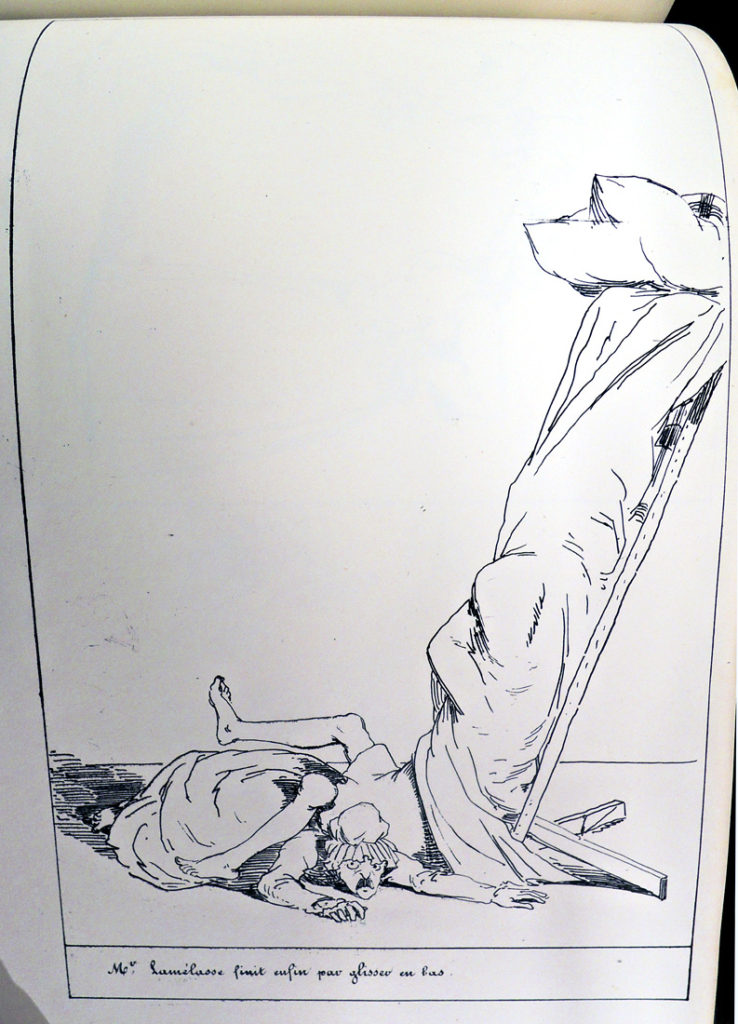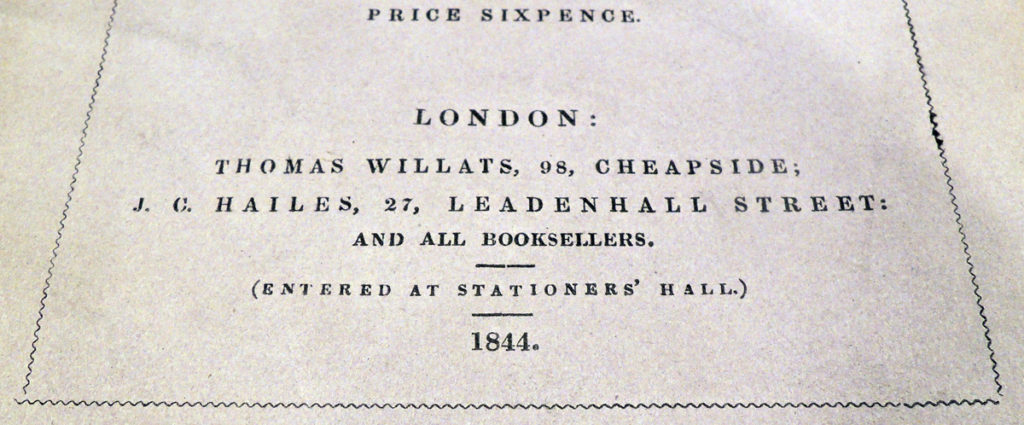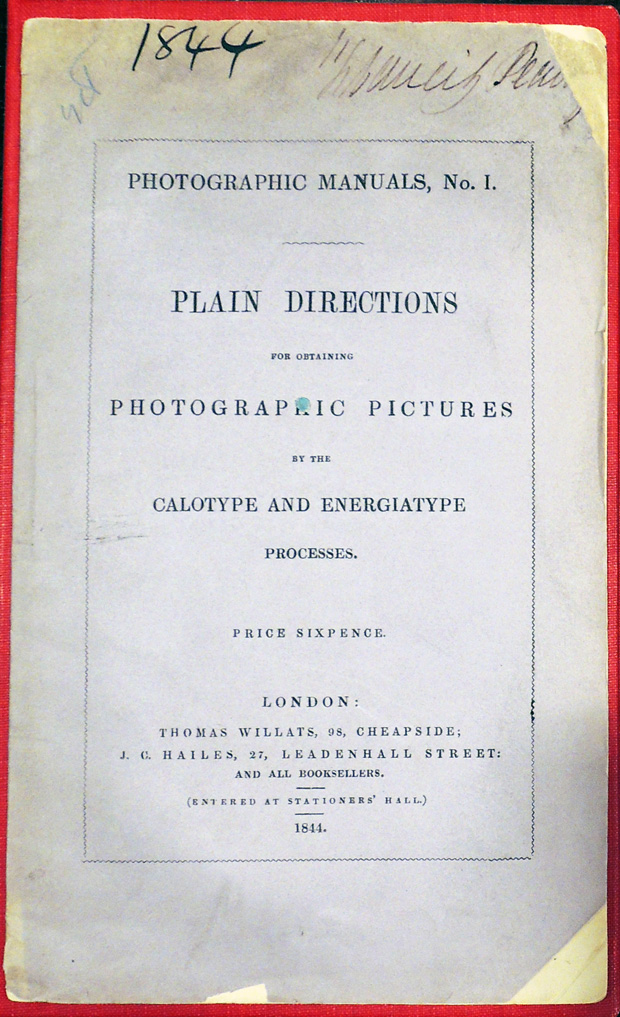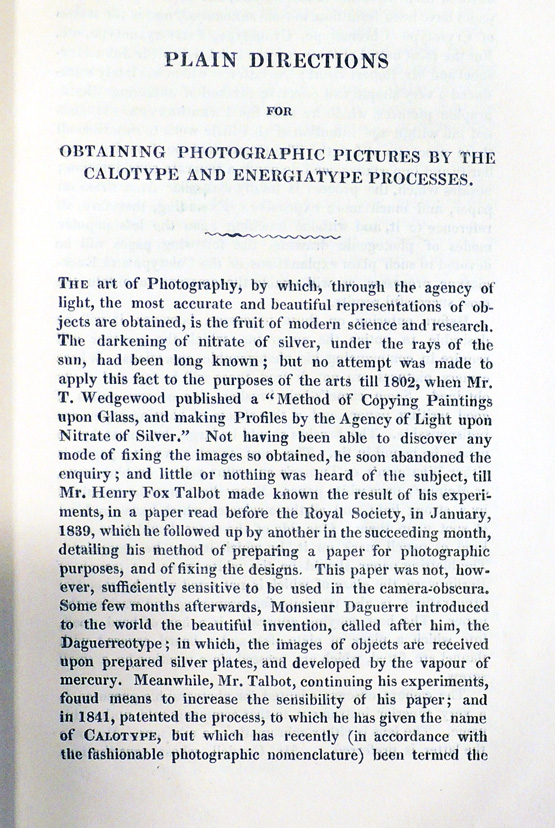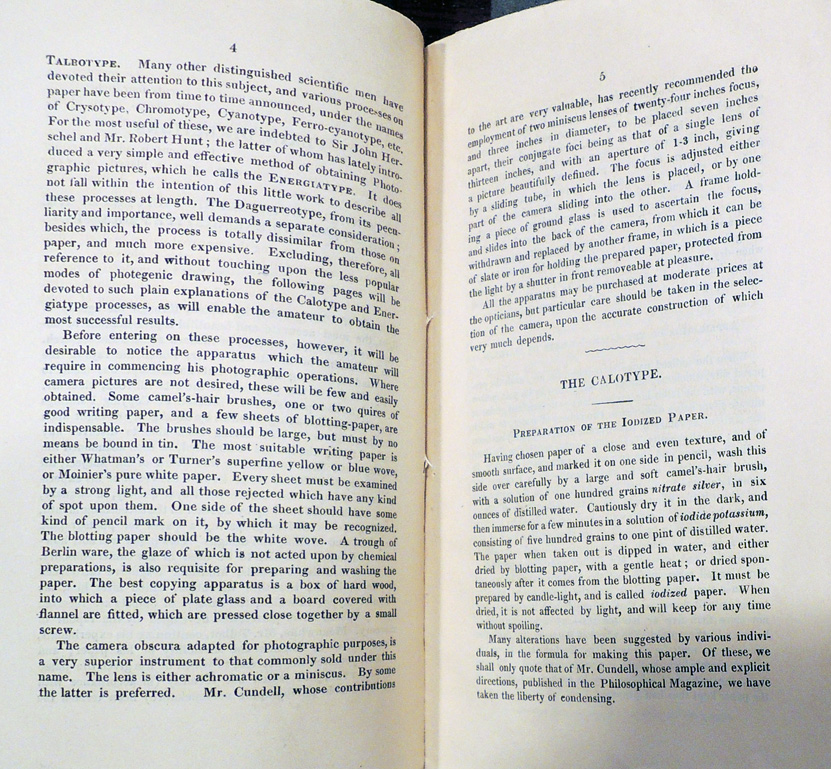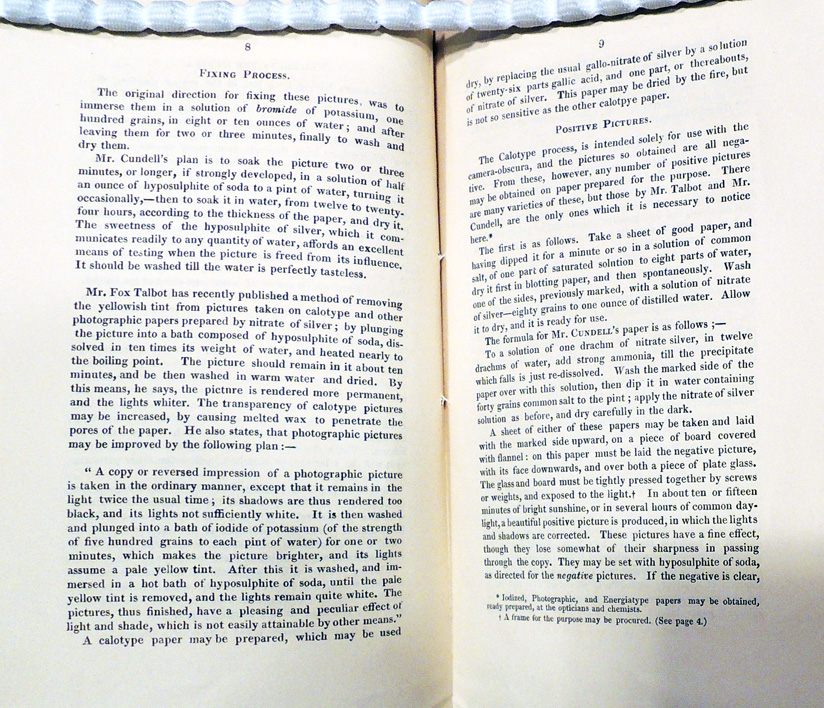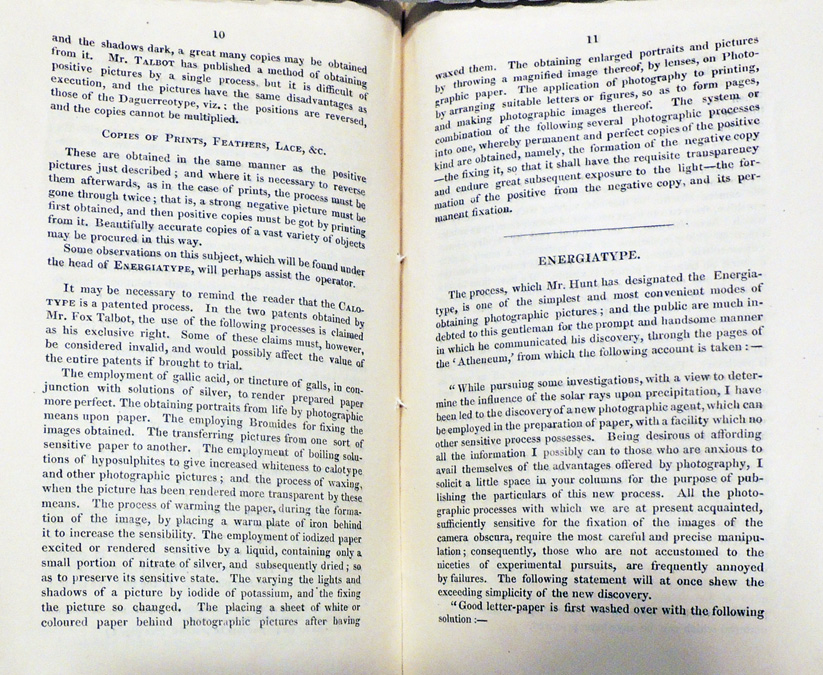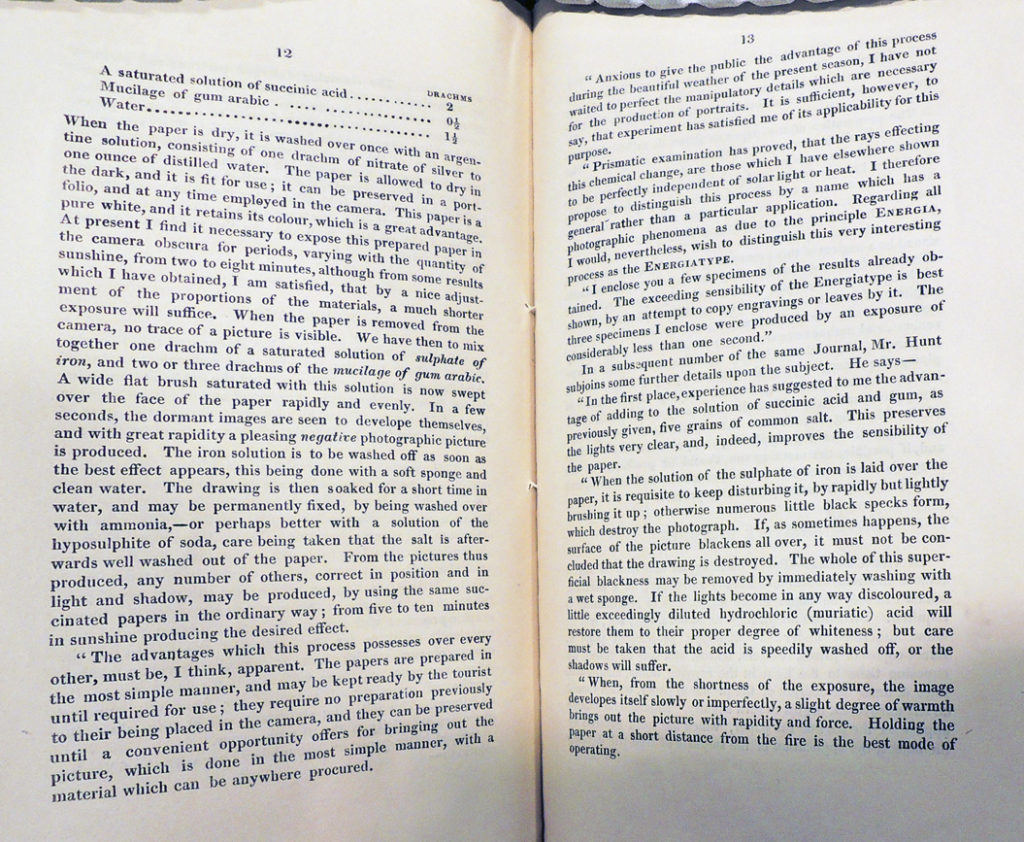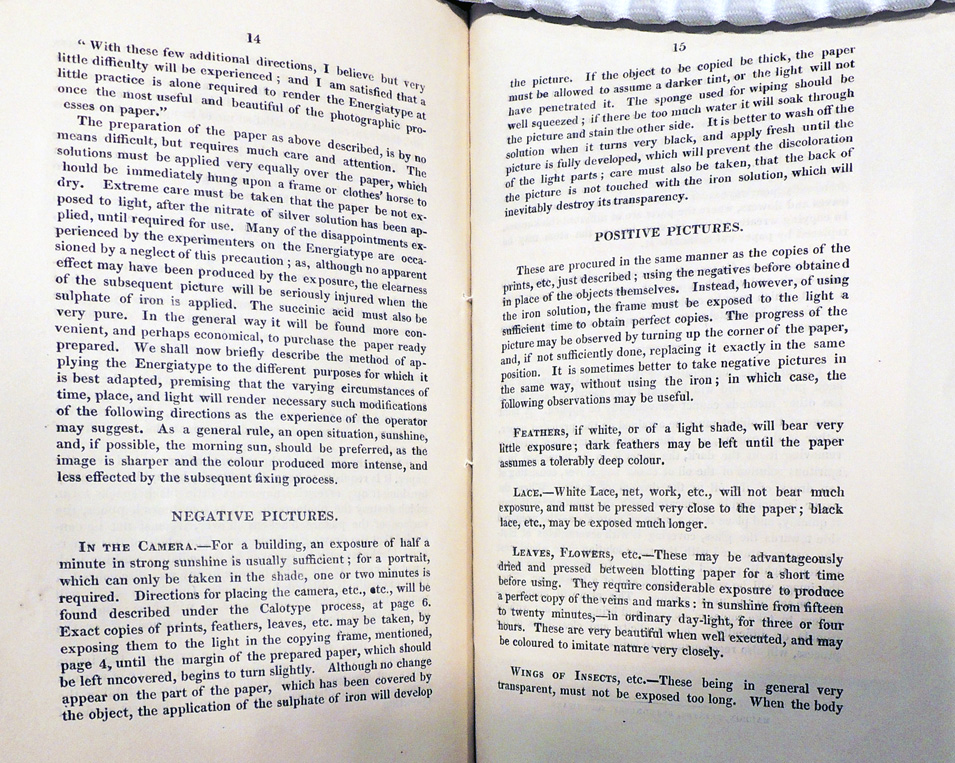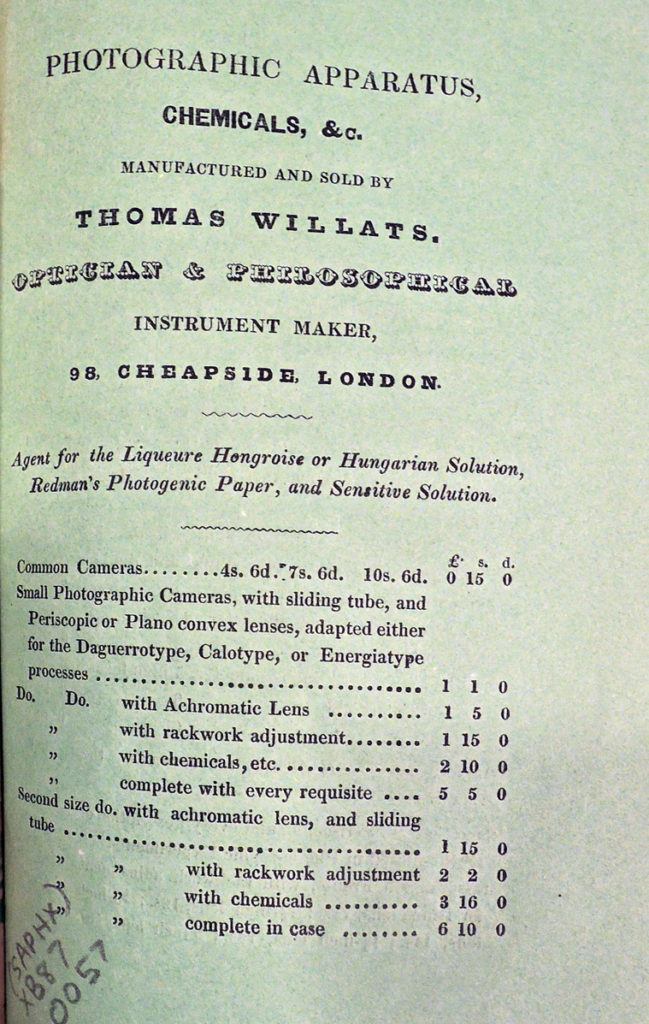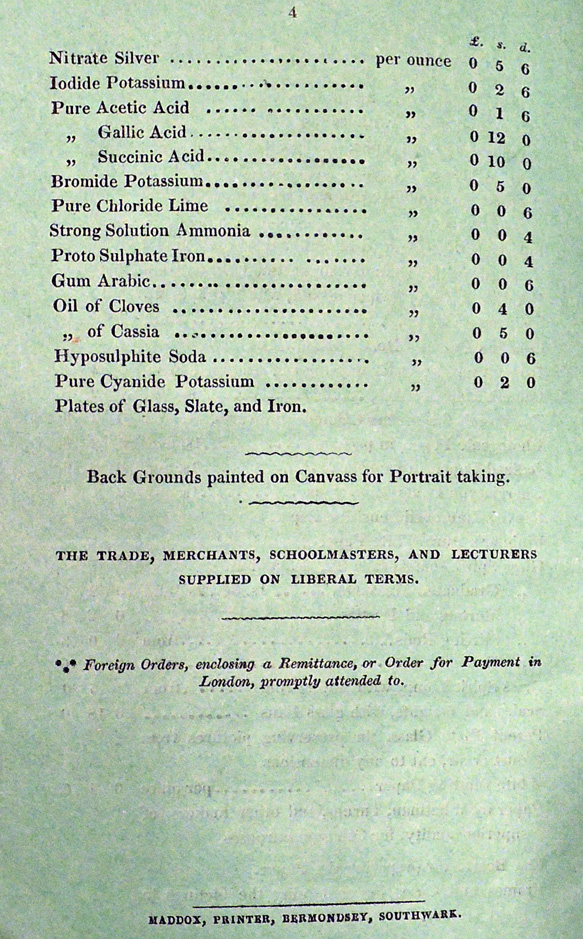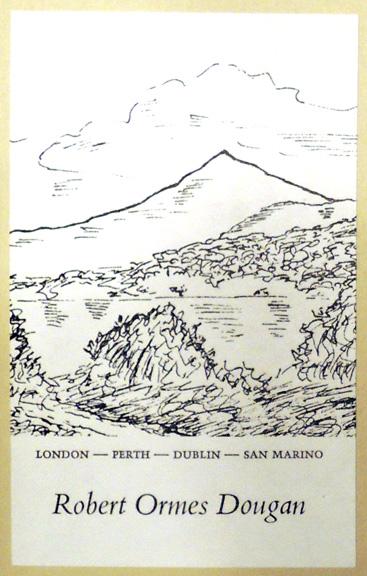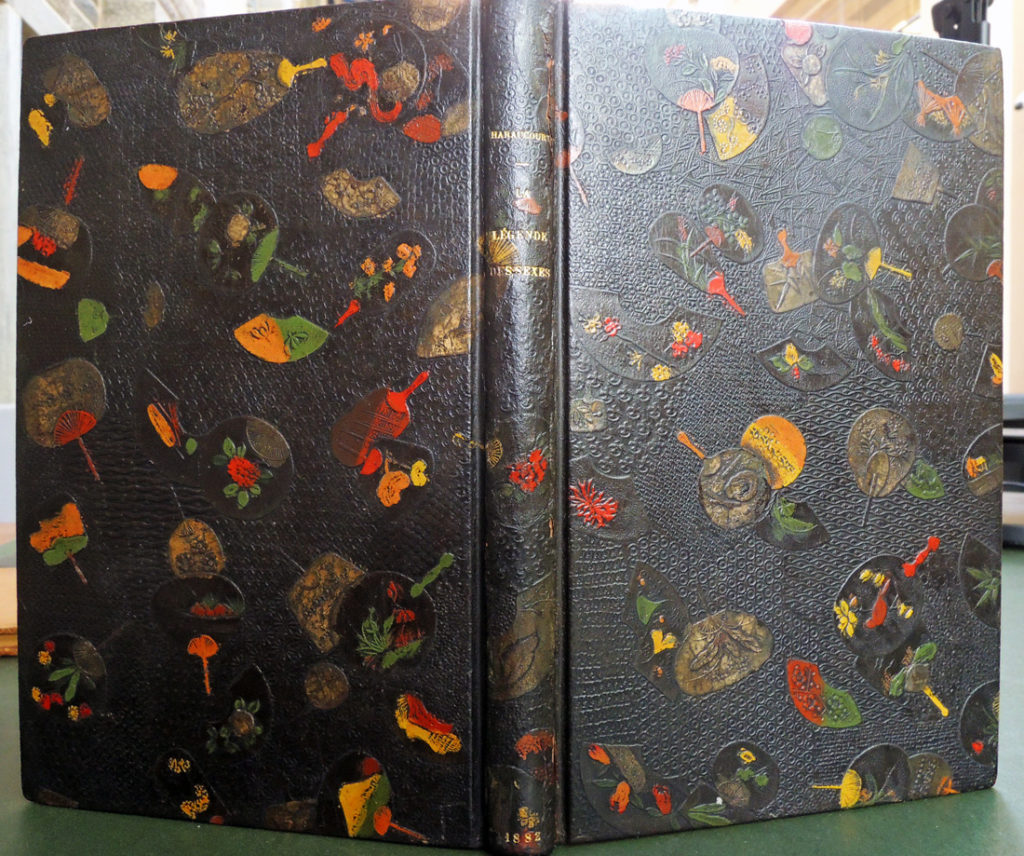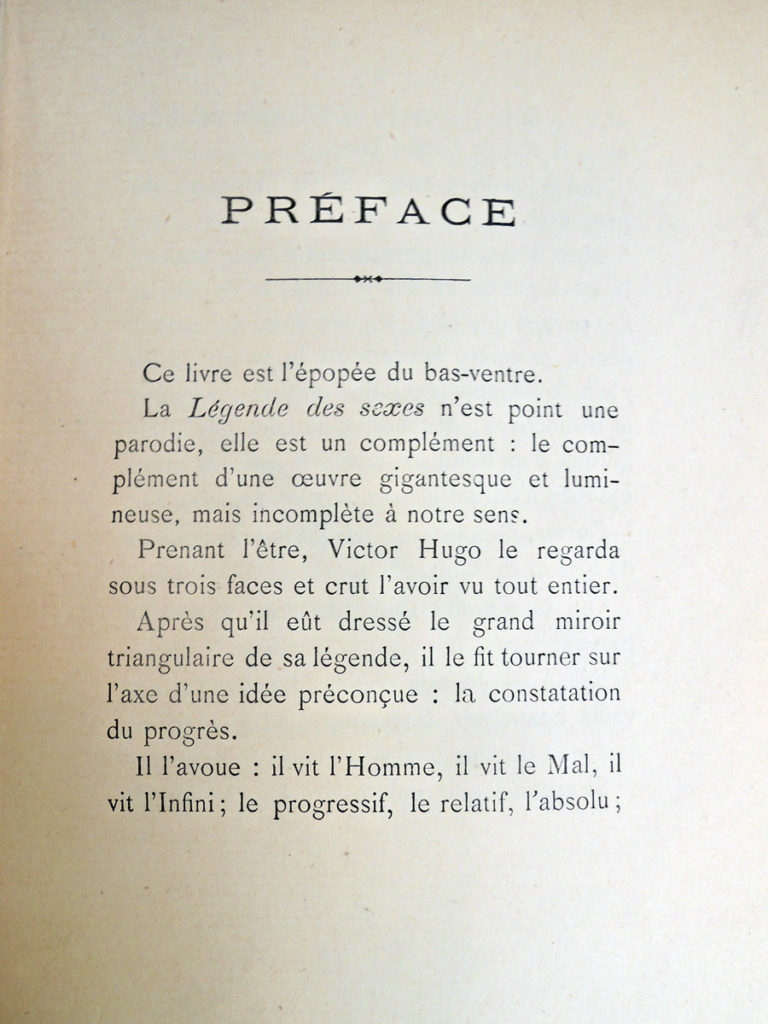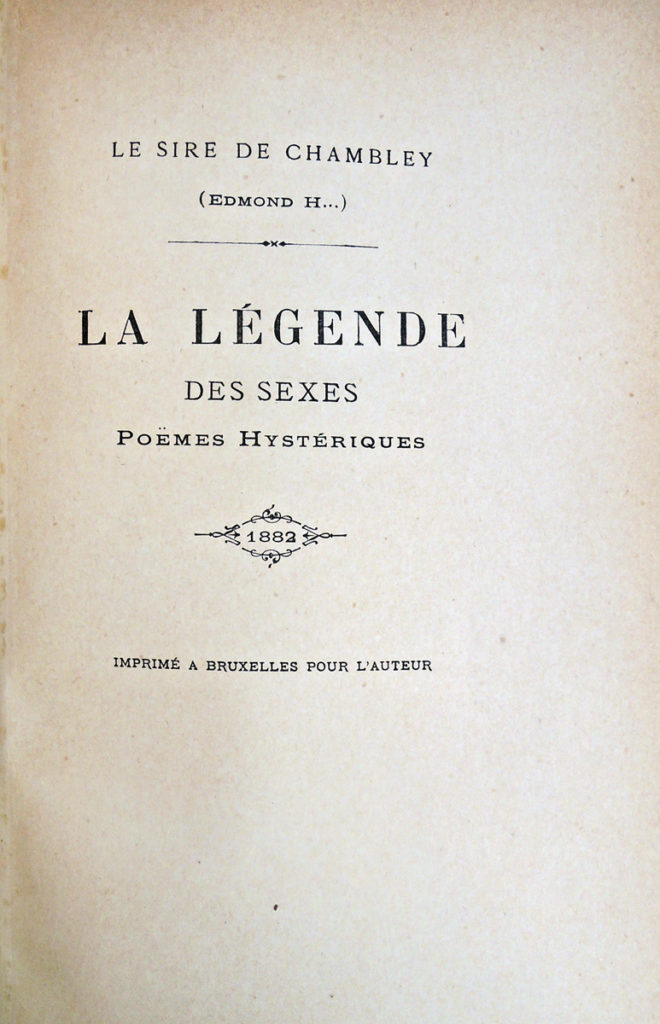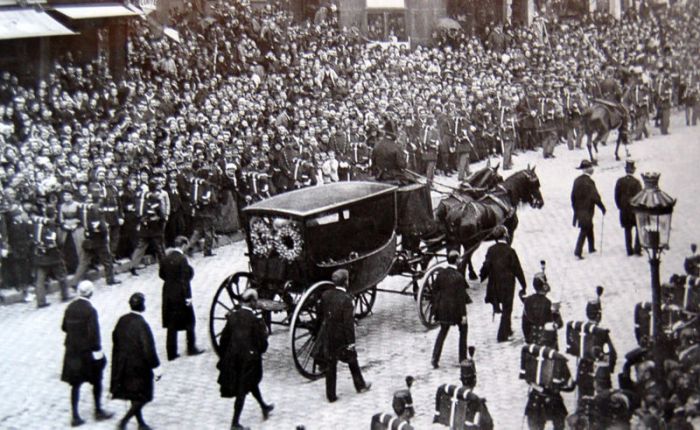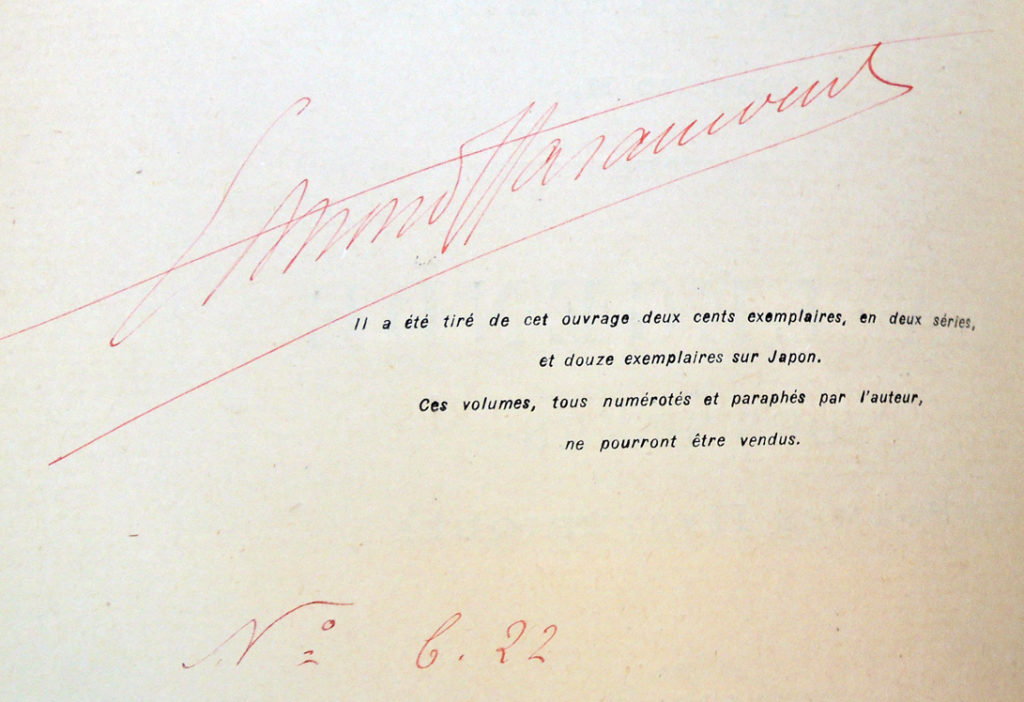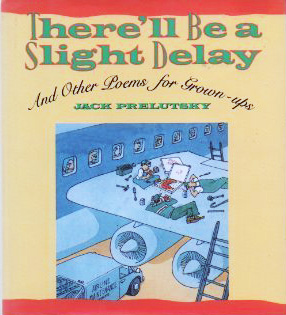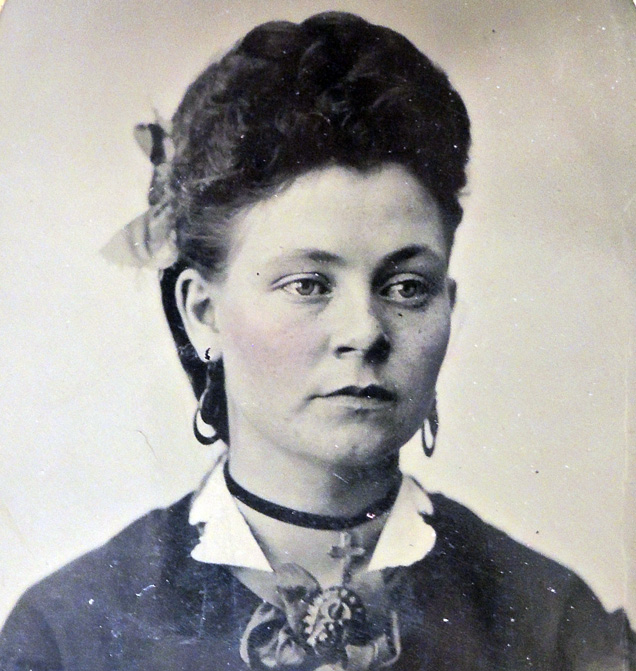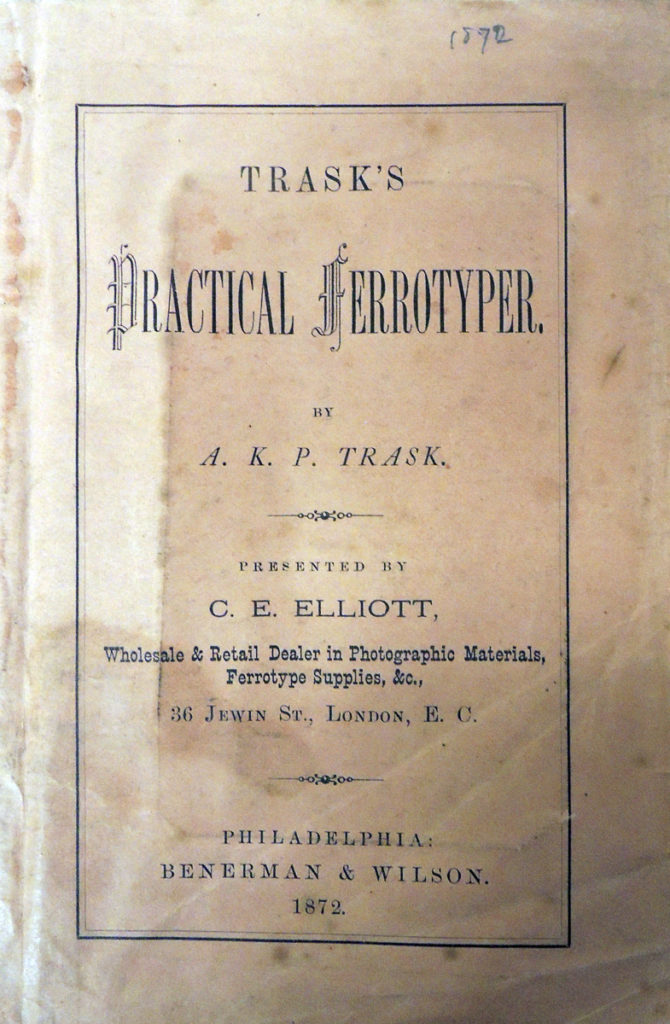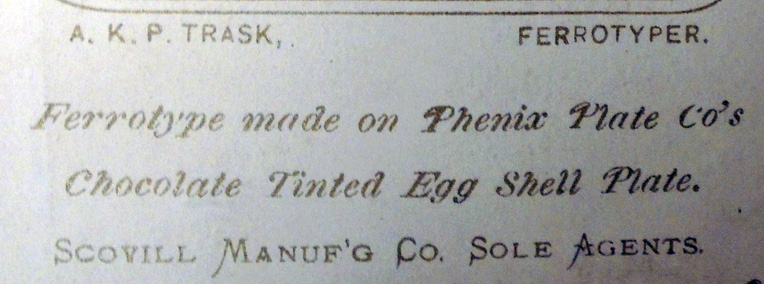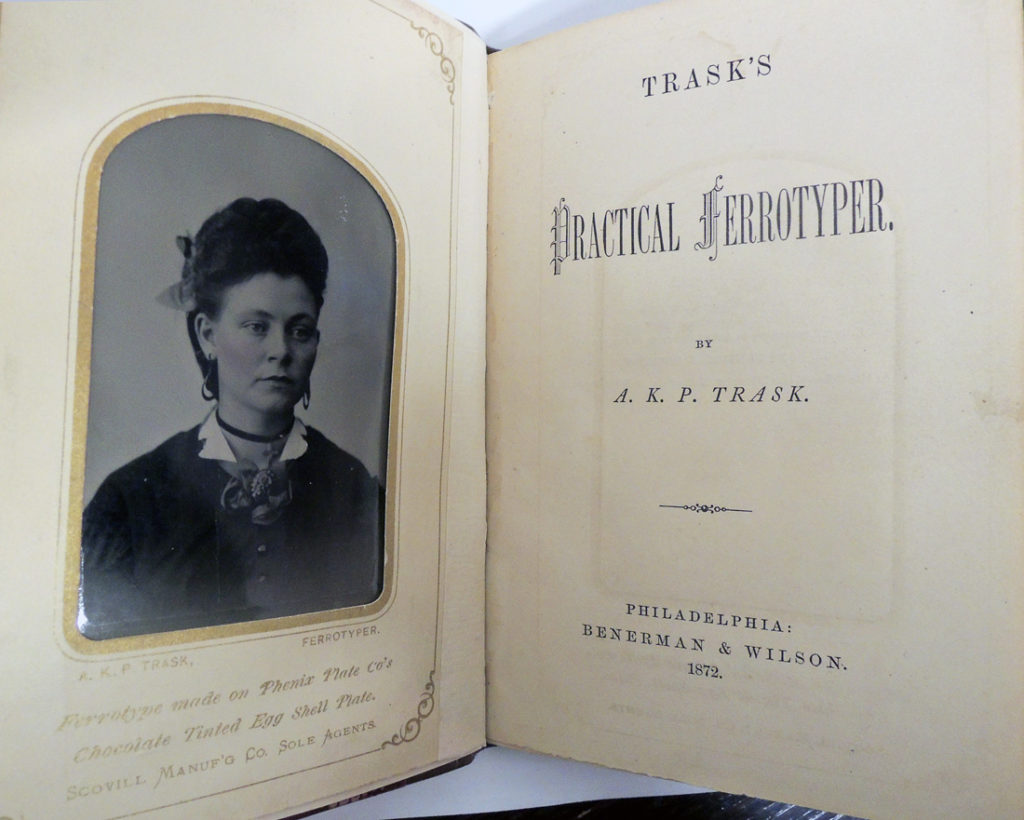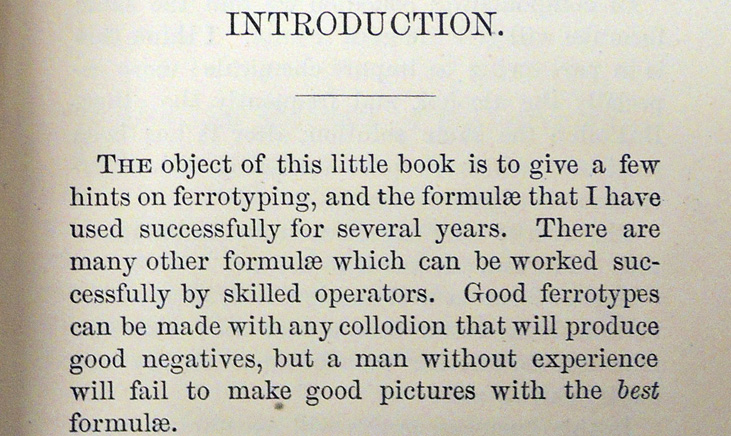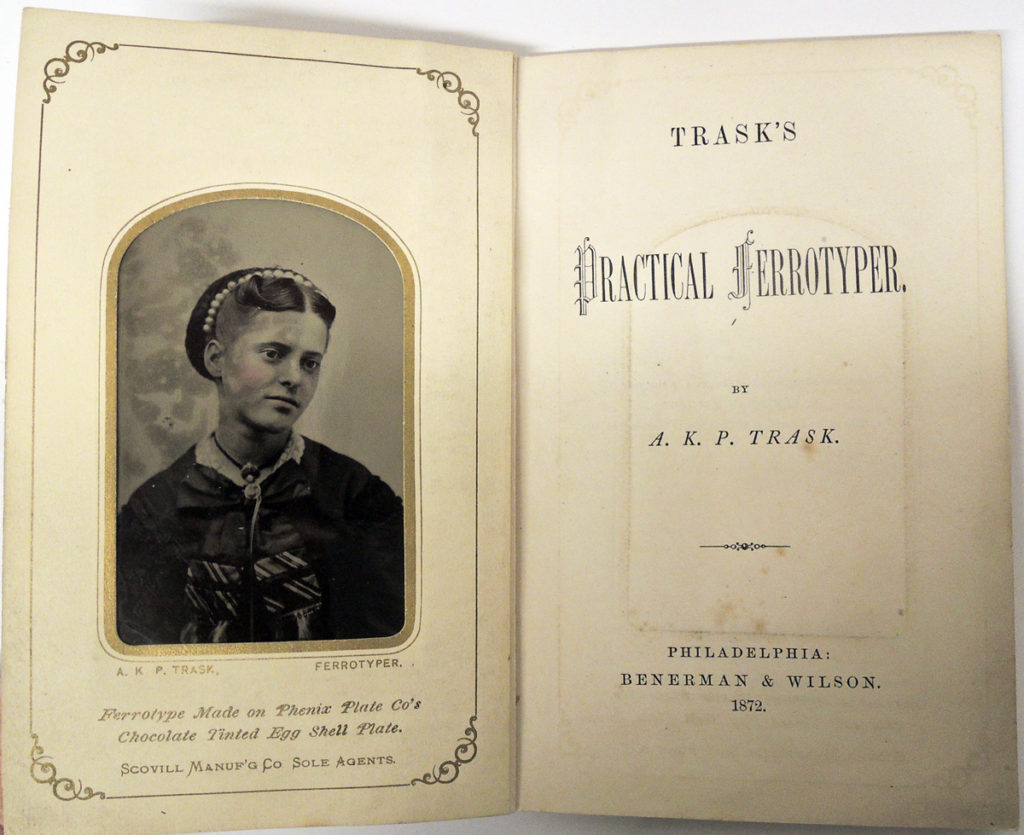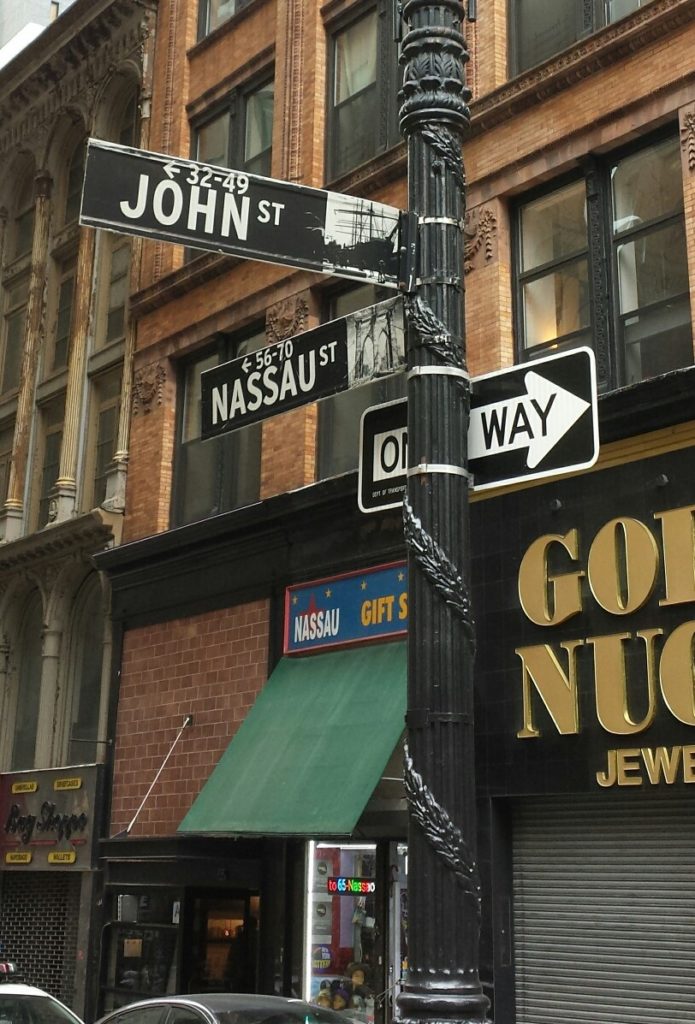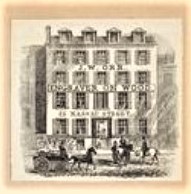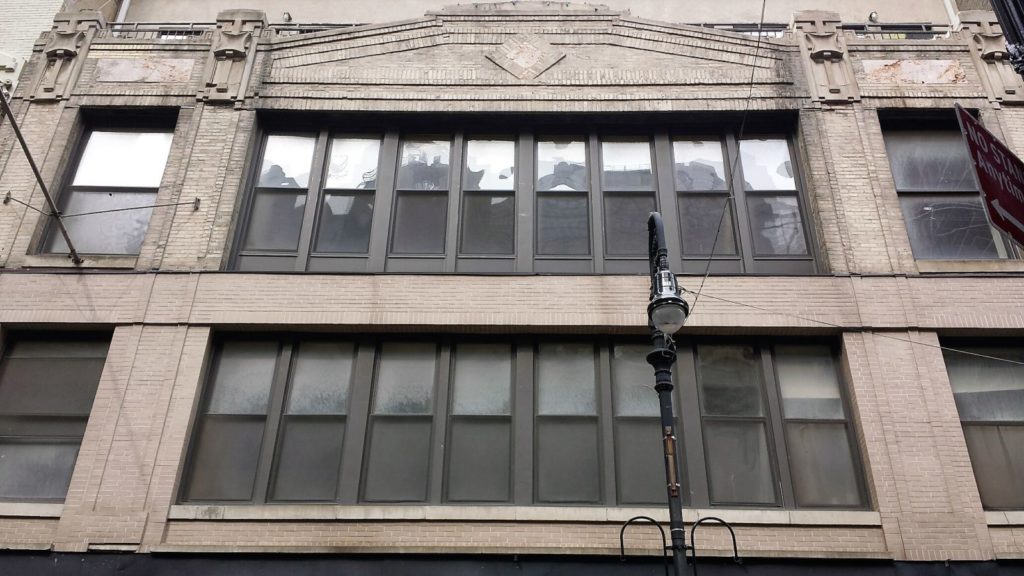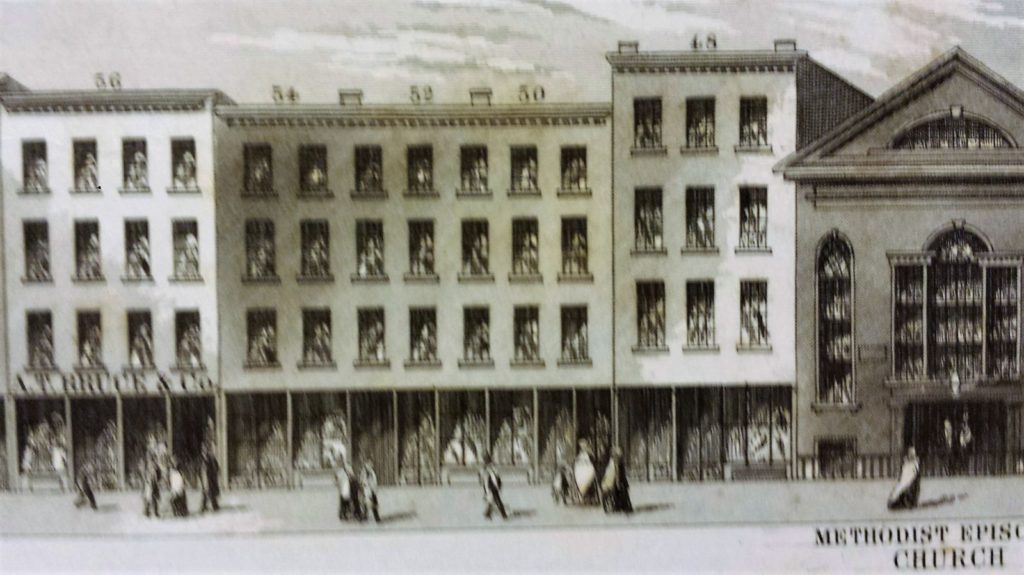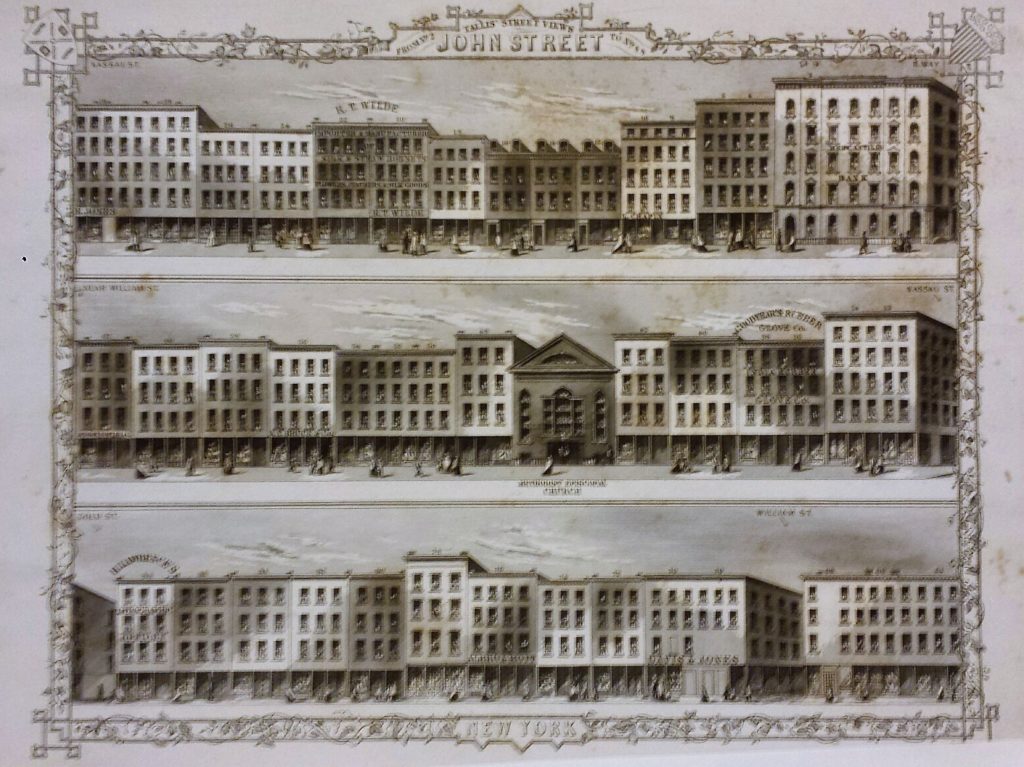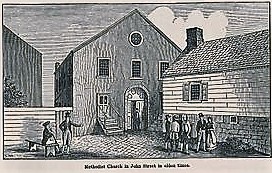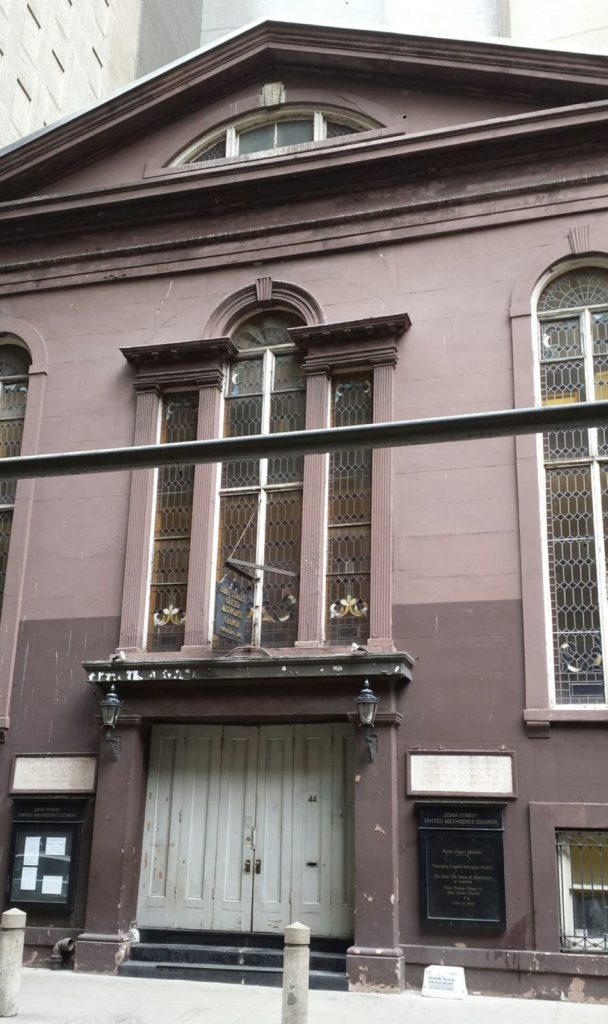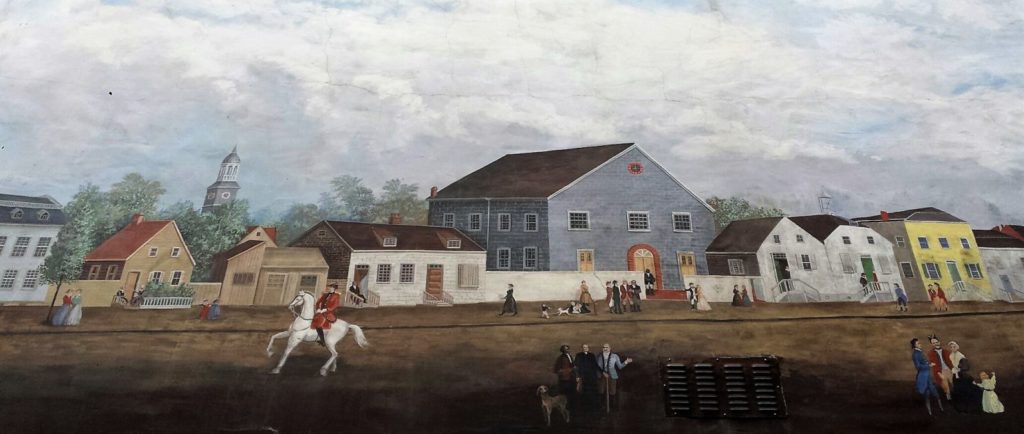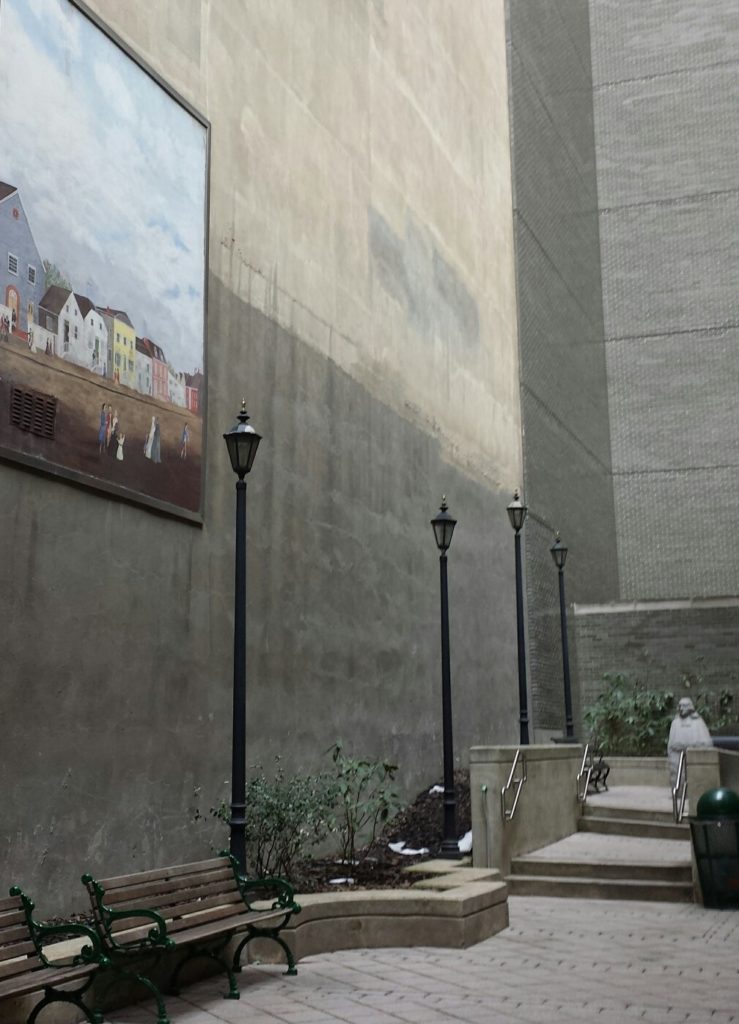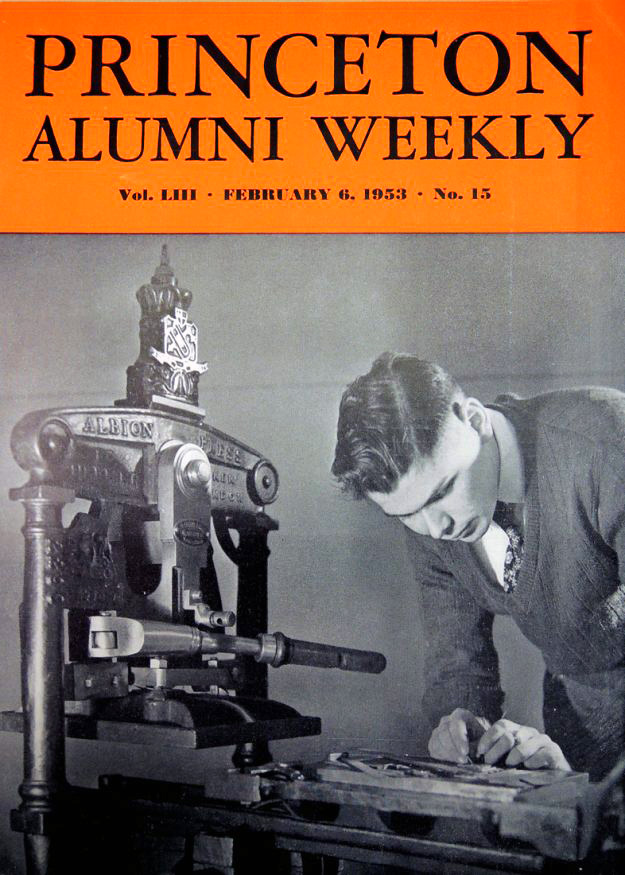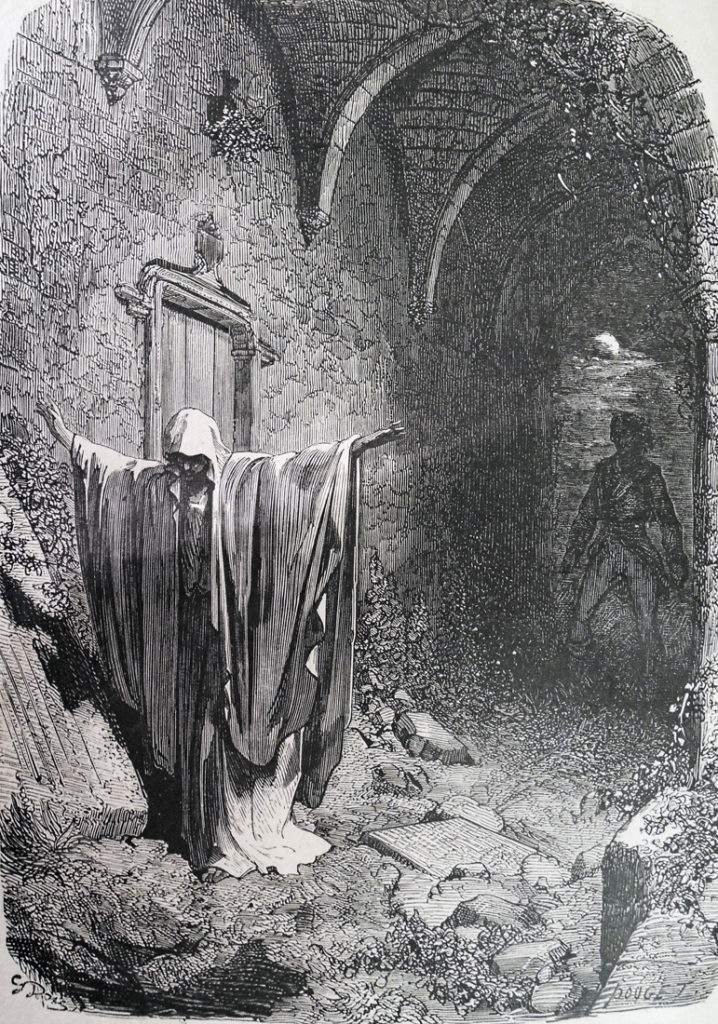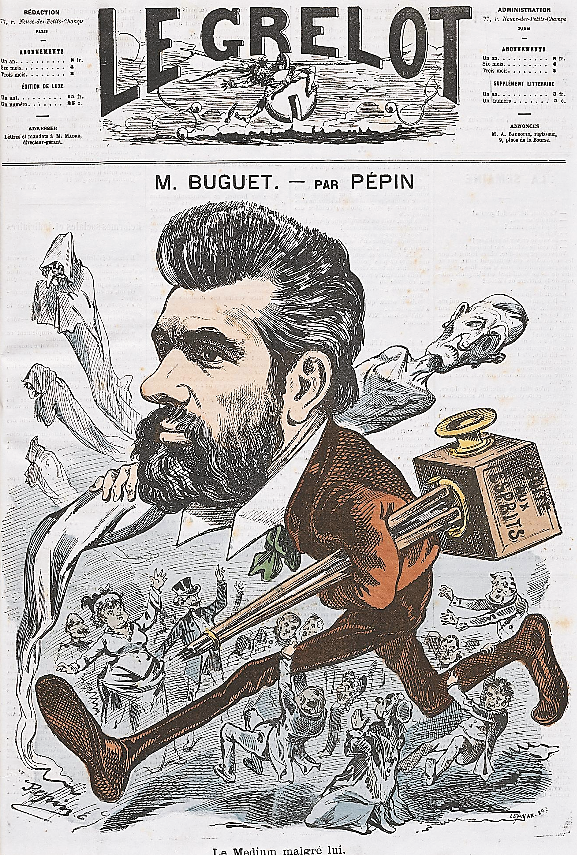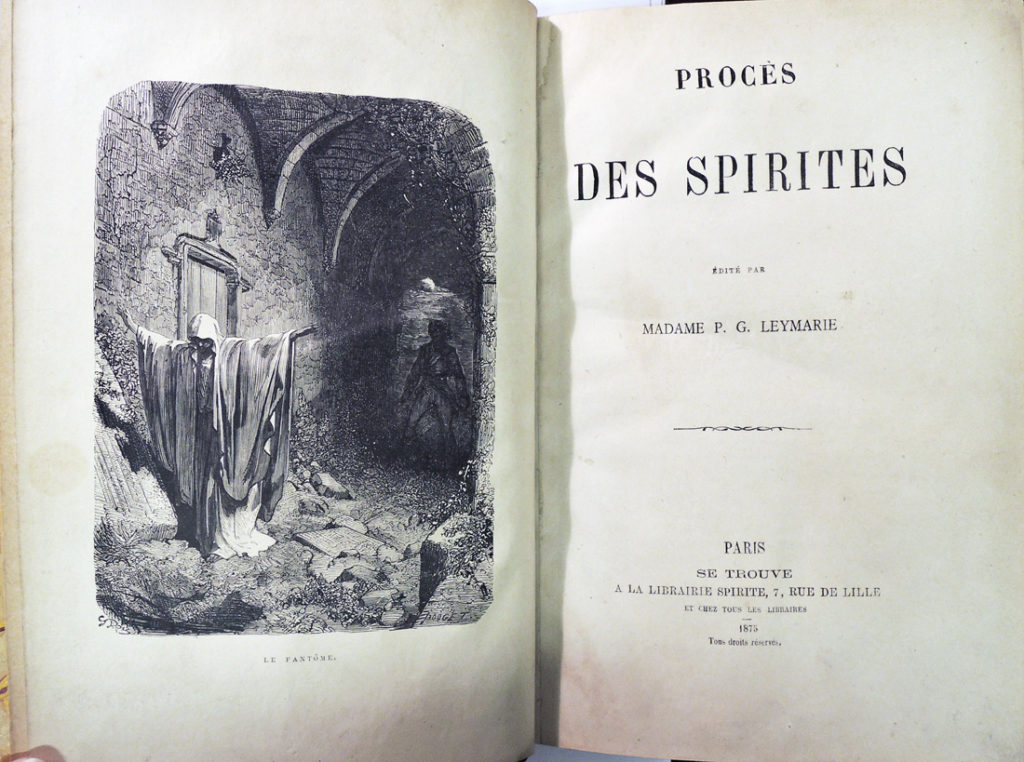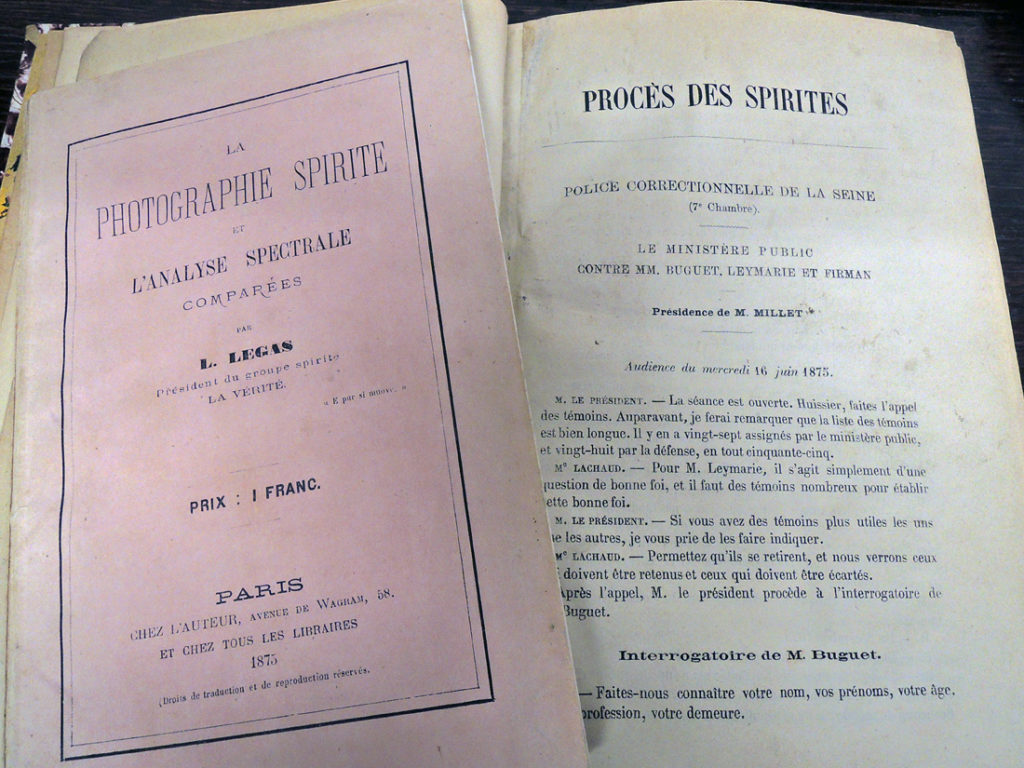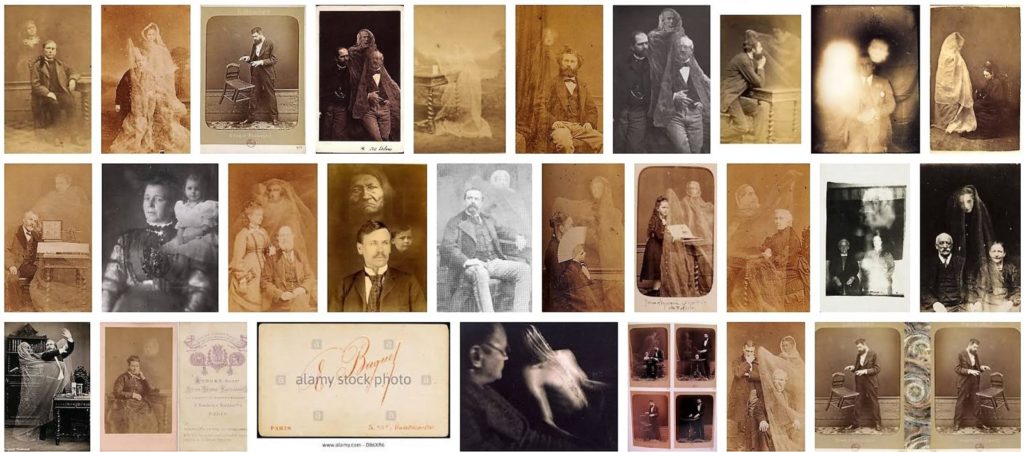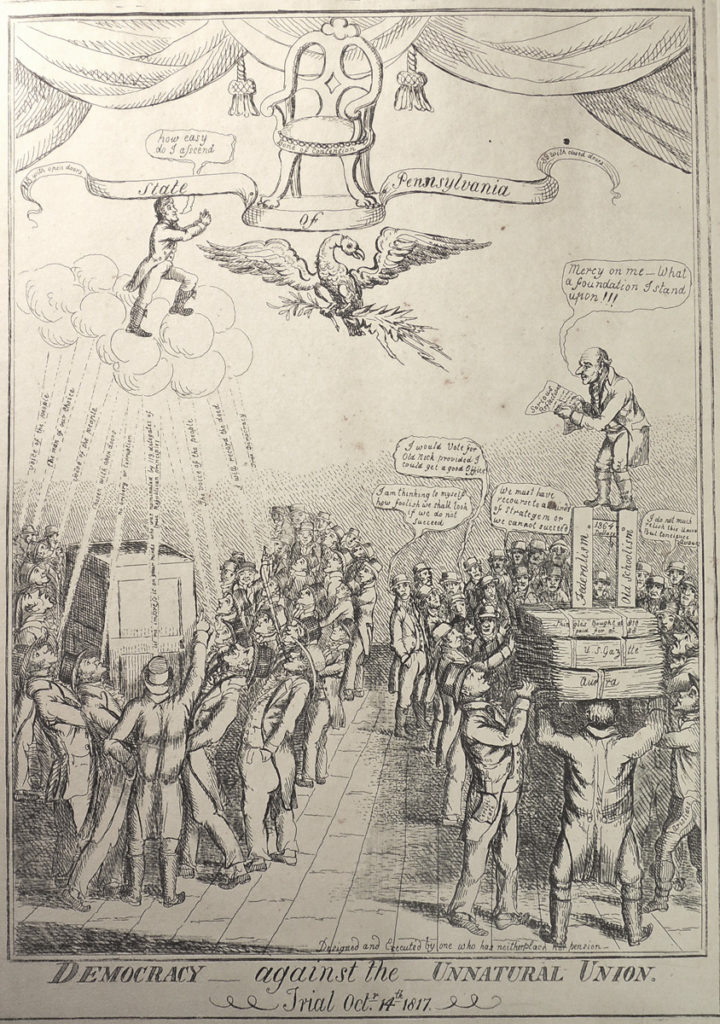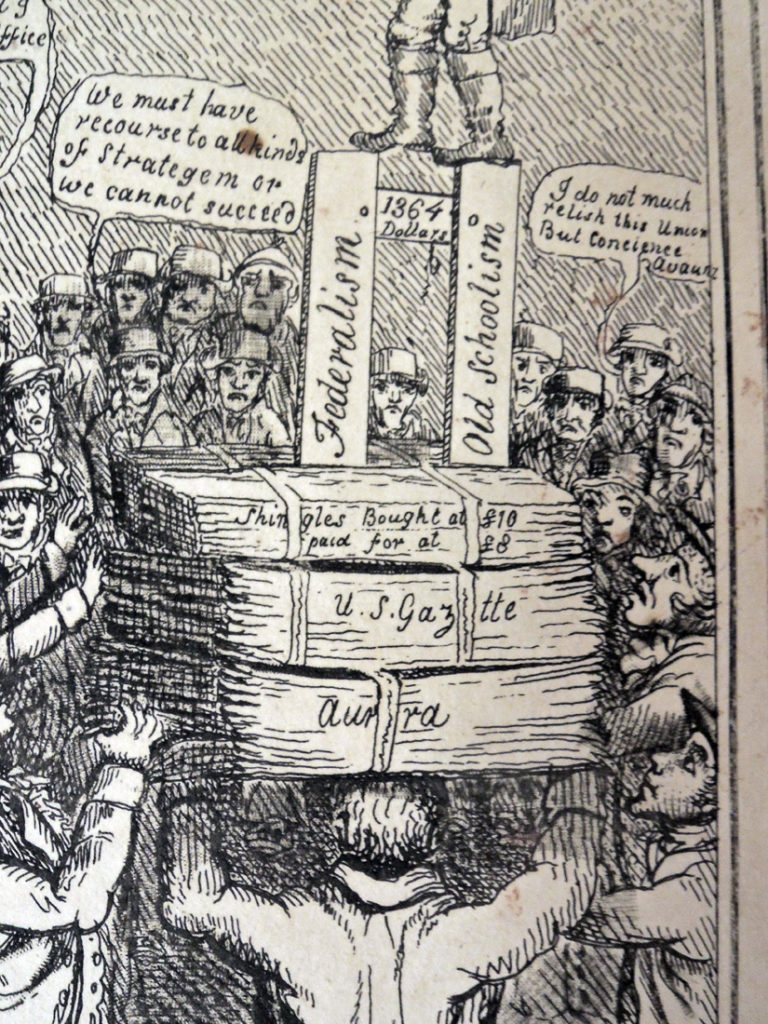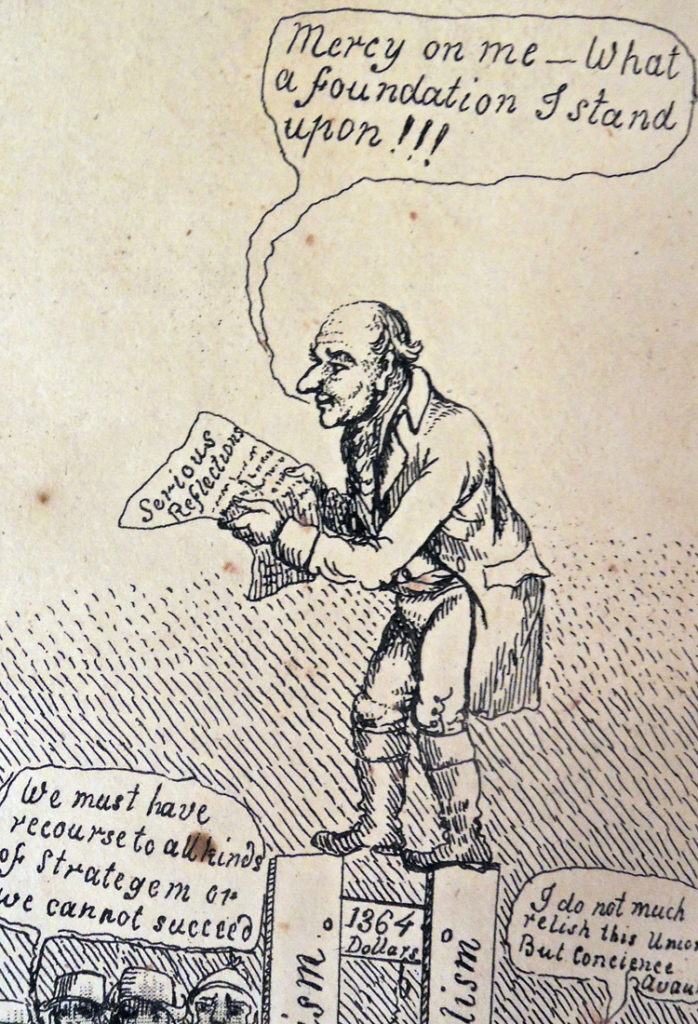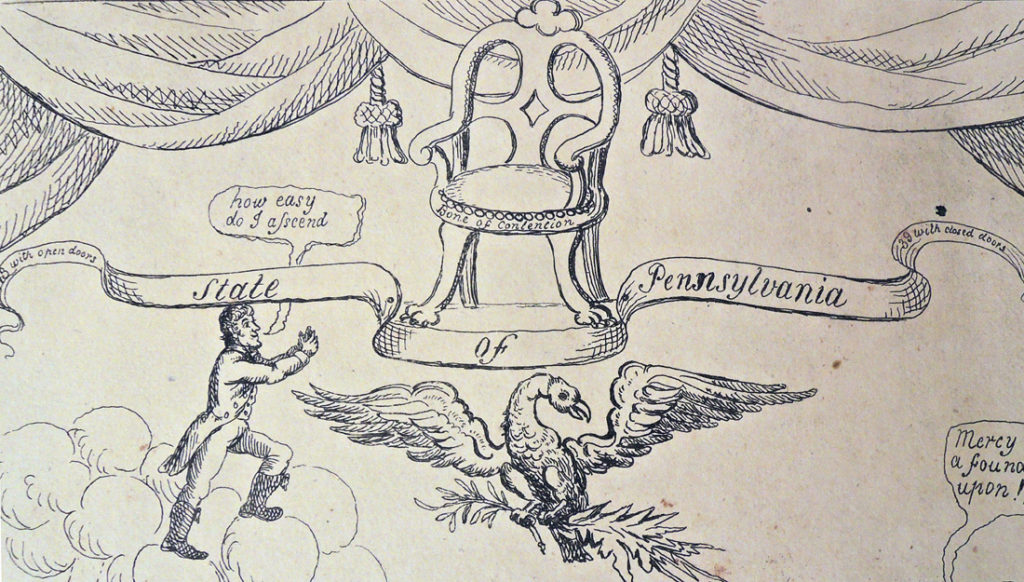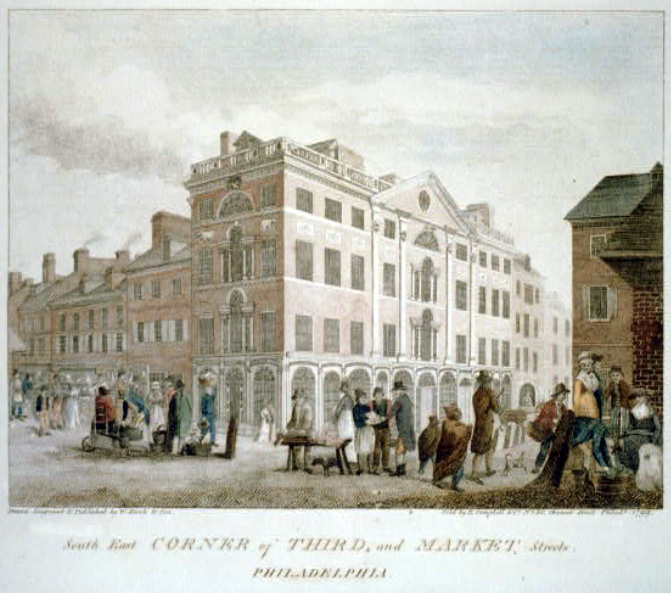Andrew Eskind recently posted information on the former George Eastman House photography database we all like to use. I repost here in case you missed it.
1. photographydatabase.org is alive and well. It extends work Greg Drake and I did at Eastman House, but no longer has any relationship with GEH (now GEM). I had permission to export the data–much of it grant supported–and to extend it beyond its status at the time of my departure in 2003.
2. Yes, it continues to be maintained and web served via Filemaker which favors Safari and Chrome web browsers, and has issues with Firefox (and perhaps other) browsers. The issues are mostly cosmetic, but no guarantees.
3. We edit offline on a daily basis, but only refresh the online copy one per month–usually mid-month. The current version still says “March” but will change to “April” probably sometime next week.
4. The relationship to pic.nypl.org is simply as one source among many they use. However, PIC in no way supercedes photographydatabase.org. In fact, I believe their snapshot is based on the 1998 print edition of the final G.K. Hall print edition. There is no formal relationship and they don’t track additions, deletions, corrections (yes, we catch mistakes on occasion)–I think photographydatabase includes nearly twice as many photographer records as PIC lists as sourced from us.
More importantly, photographydatabase collates public photography collections worldwide-now over 1000. It also collates museum exhibitions (not gallery exhibs)-now nearly 9500 – both historic and current. To a lesser extent we track galleries–not their exhibs, just the photographers they represent or whose work they have in inventory. The world is far too dynamic to keep everything up-to-date-some museums provide Annual Reports of their new photography acquisitions, most do not. Some are easy to monitor via their websites-many don’t provide such information online. We’re currently in the process of sorting out which part of the Corcoran Gallery of Art’s photography collection has been distributed to the National Gallery, and which has gone to GW. Same issue with Time, Inc. as well as a couple of smaller collections.
5. For an historic overview of the long-term evolution, see these postings graciously mentored by A.D. Coleman a few years ago-still basically current:
http://www.teachingphoto.com/2011/04/24/hello-world/
http://www.teachingphoto.com/2014/03/26/the-making-of-photographydatabase-org-2/
As always, Greg and I are happy to hear from users with suggestions, corrections, or just in need of navigational support. Regards, Andrew Eskind, Rochester, NY


